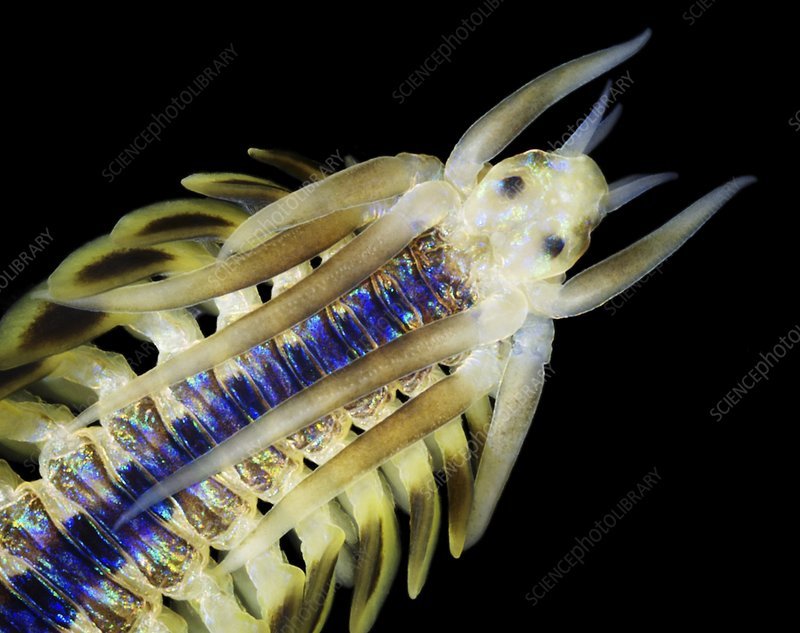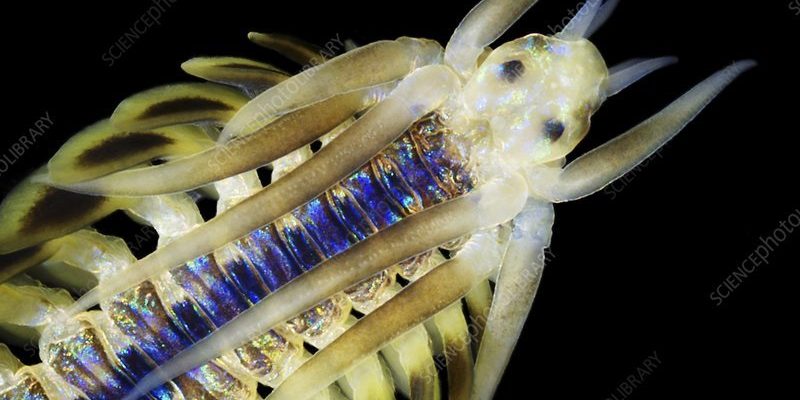
Imagine marine polychaetes as nature’s recyclers. They burrow into the ocean floor, aerating sediments and breaking down organic matter. In doing so, they create a healthier habitat for other marine life. However, their populations are not without issues. Like any species, polychaetes have their benefits and drawbacks, and understanding them helps us appreciate the intricate web of life beneath the waves. So, let’s dive deeper into the ecological benefits and drawbacks of these marine creatures.
What are Marine Polychaetes?
Marine polychaetes are a class of annelids, or segmented worms, that primarily inhabit ocean environments. These creatures can be found in a variety of habitats, from shallow tidal pools to the deep sea. There are over 10,000 species of polychaetes, each with its own unique adaptations. Some are free-swimming, while others are burrowing, clinging to rocks or creating elaborate tubes in the sediment.
You might be wondering why these worms matter. Well, their anatomy is quite specialized. Polychaetes have bristle-like structures called chaetae that help them move through their environments. These structures can vary widely among species, adapting to their specific habitat needs, whether that’s maneuvering through sandy seafloors or anchoring in coral reefs.
Understanding polychaetes also means grasping their life cycles. Many polychaetes have a larval stage, which allows them to disperse across vast distances. This keeps their populations dynamic and adaptable, but changes in environmental conditions can dramatically affect their life cycles and, in turn, local ecosystems.
The Role of Polychaetes in Sediment Turnover
One of the most significant ecological benefits of marine polychaete populations is their role in sediment turnover. Think of polychaetes as nature’s plow. They burrow into sediment, mixing organic matter and minerals, which enriches the soil. This process improves water quality and provides essential nutrients to other marine organisms.
Polychaetes also enhance oxygen diffusion in sediments. By creating tunnels, they allow oxygen to penetrate deeper layers, which is crucial for the survival of many other benthic organisms like clams and small crustaceans. Without oxygen, the ecosystem can become unhealthy, leading to dead zones where life struggles to thrive.
In addition, the organic matter that polychaetes break down becomes food for detritivores, organisms that feed on dead plant and animal material. This makes polychaetes essential players in the marine food web, supporting a wealth of marine life above and below the surface.
Polychaetes and Nutrient Cycling
Nutrient cycling is vital for any ecosystem, and polychaetes are key contributors. These worms consume organic material and excrete it in a more easily digestible form for other organisms. By doing so, they speed up the nutrient cycling process, making vital elements like nitrogen and phosphorus available to plants and algae.
You might not realize it, but these nutrients are fundamental to marine productivity. Algae, for example, rely heavily on nutrients in the water to thrive, and their growth forms the base of the marine food web. Without polychaetes and their nutrient recycling abilities, the entire ecosystem could suffer from nutrient deficiencies, impacting species from the smallest phytoplankton to the largest whales.
Additionally, the presence of healthy polychaete populations is often an indicator of a stable ecosystem. Areas with diverse and abundant polychaete populations typically have rich biodiversity, which is essential for resilience against environmental changes.
Challenges Facing Polychaete Populations
Despite their many benefits, marine polychaete populations face several challenges. One significant issue is pollution. Runoff from agriculture, urban areas, and industries can introduce harmful chemicals and heavy metals into marine environments. Unfortunately, polychaetes can be sensitive to toxins, leading to decreased populations in contaminated areas.
Climate change poses another threat to polychaetes. As ocean temperatures rise and water becomes more acidic due to increased carbon dioxide levels, many polychaete species may struggle to adapt. Warmer waters can disrupt their reproductive cycles and alter their habitats, while acidification can hinder their ability to grow and thrive.
Habitat loss is also a growing concern. Coastal development, dredging, and other human activities can destroy the natural habitats polychaetes rely on. This loss of habitat not only affects polychaetes but also disrupts the entire ecosystem, leading to a decline in biodiversity.
Potential Overpopulation Issues
While polychaetes play an essential role, there can be such a thing as too much of a good thing. Overpopulation of certain polychaete species can lead to ecosystem imbalances. For instance, when polychaete populations explode, they can dramatically alter sediment composition and nutrient cycling rates, leading to negative impacts on other marine organisms.
In some cases, invasive polychaete species can outcompete native ones, reducing biodiversity and altering local ecosystems. This can disrupt the balance of existing food webs and create challenges for local fisheries and the overall health of marine environments.
As with many things in nature, balance is key. While polychaetes are beneficial, their populations need to remain in check to maintain the health of marine ecosystems.
Marine polychaetes might not steal the spotlight, but their contributions to ocean health are invaluable. They serve as nature’s recyclers and plowers, enriching sediments and supporting the entire marine food web. However, we must also recognize the challenges they face, from pollution to climate change, and the potential for unbalanced populations.
So, the next time you think about the ocean, remember that there’s a whole universe of tiny creatures working tirelessly beneath the waves. We owe it to them—and to ourselves—to protect their habitats and help maintain the delicate balance of marine ecosystems. Understanding polychaetes is just one part of the larger puzzle, but it’s a crucial piece in protecting our oceans for future generations.

